
When the Orioles pushed their left field wall back nearly 30 feet and up about 6 feet in 2022, they weren’t just rearranging furniture—they were rewriting destiny. Like a chess player sacrificing a knight to protect their queen, Baltimore willingly surrendered right-handed power to gain pitching stability. The gambit transformed a perpetual AL East doormat into a contender.
19. Not All Ballparks Are Created Equal
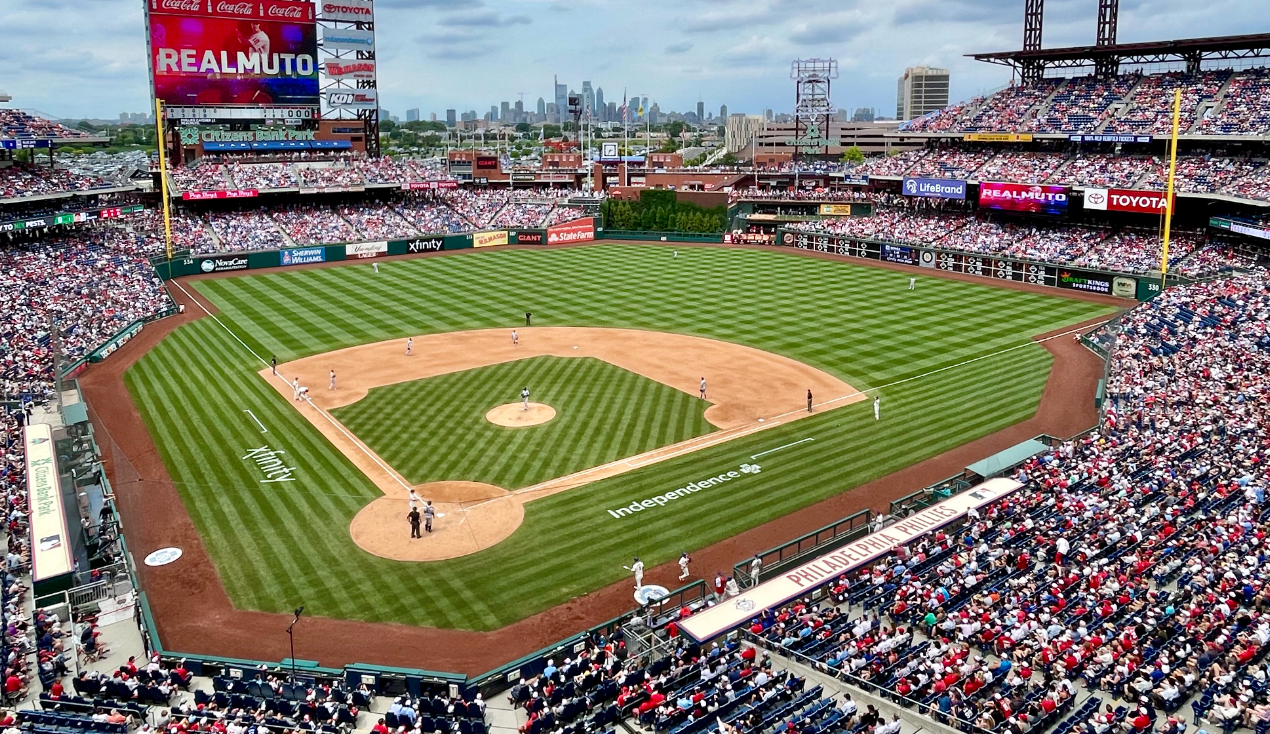
MLB’s rulebook offers surprising freedom with field dimensions. Beyond minimum requirements (325 feet for corners, 400 for center), it’s architectural wild west. Camden Yards’ post-renovation left field distance of 384 feet became one of baseball’s most imposing challenges for right-handed hitters.
The beauty of baseball’s dimensional variety shows in each park’s personality. Fenway’s Green Monster turns routine flies into doubles. Coors Field’s spacious outfield compensates for Denver’s thin air. These quirks require teams to adapt their rosters accordingly, creating baseball’s version of natural selection.
18. The Great Wall of Baltimore
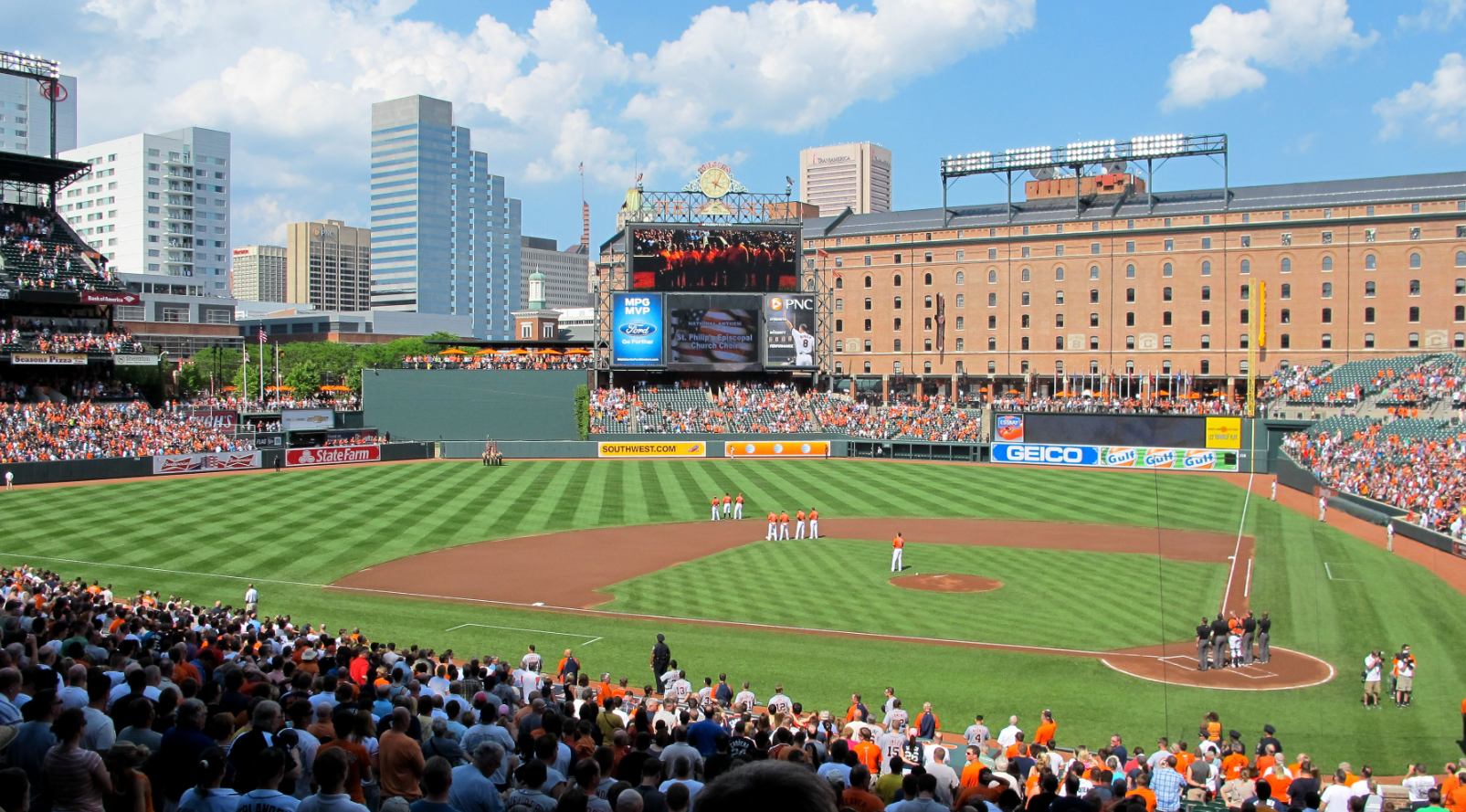
In 2022, the Orioles performed baseball’s equivalent of climate engineering. By extending their left field wall significantly, they transformed Camden Yards from launching pad to pitcher’s haven. Home runs plummeted—the team surrendered 81 fewer dingers than in 2021.
Visiting sluggers who once circled Camden Yards on their calendars now stare at that distant green monster with the bewildered expression of someone who showed up to a Halloween party on November 3rd. Wrong day, wrong outfit, wrong approach.
17. The Numbers Don’t Lie
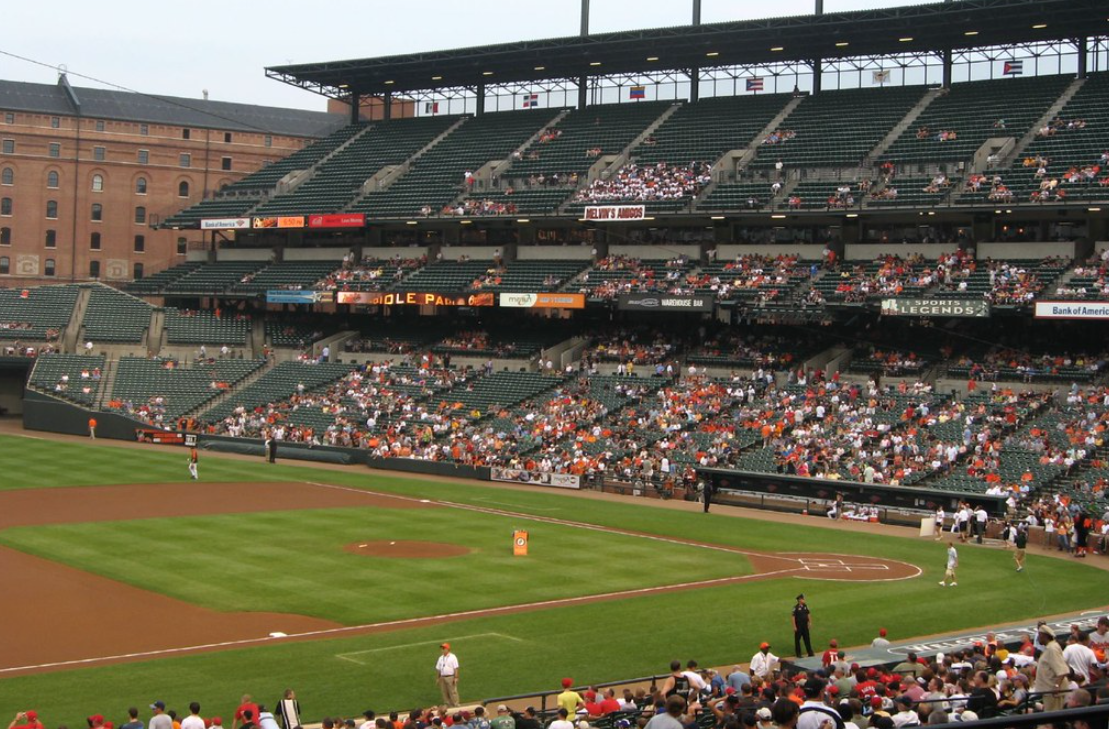
Pre-renovation Camden Yards sported a Park Factor of 105 and a Home Run Park Factor of 124—second highest in baseball. Post-renovation? Overall Park Factor dropped to a neutral 99, with lefties still enjoying a homer-friendly 111 factor while righties face a challenging 79.
The park transformed from “come get your stat-padding” to “lefties welcome, righties beware.” The wall didn’t just move—it discriminated.
16. Why Move a Perfectly Good Wall?

GM Mike Elias had a recruiting problem. Despite competitive salaries, quality pitchers wouldn’t sign with Baltimore. Camden Yards had become baseball’s version of a one-star Yelp review for hurlers: “Beautiful views, but your ERA will look like a California area code.”
The wall renovation represented a calculated effort to normalize the environment, making Camden Yards a neutral proving ground where pitchers could demonstrate their true value without fighting architectural bias. As Elias would later acknowledge, “It was a directionally correct move, but we overcorrected.”
15. Three Million Dollars Well Spent
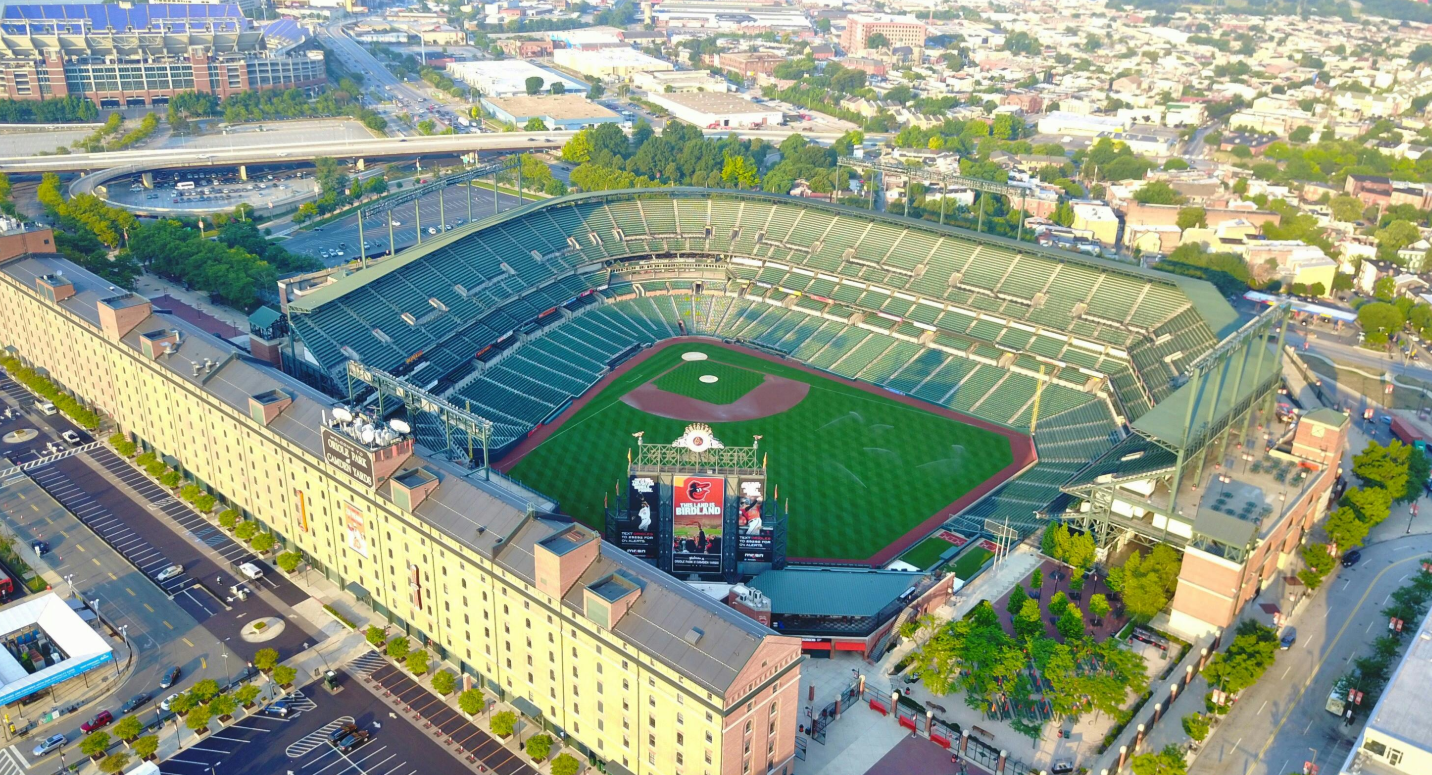
While other teams spent hundreds of millions on free agents, the Orioles invested approximately $3 million to move their left field wall. The return on investment would make Warren Buffett blush.
Consider the scenario: bases loaded, tie game, ninth inning. Pre-renovation? A deep fly to left is a grand slam. Post-renovation? A routine out. Sometimes the best roster upgrade isn’t a player at all—it’s 30 feet of real estate.
14. Arms Race
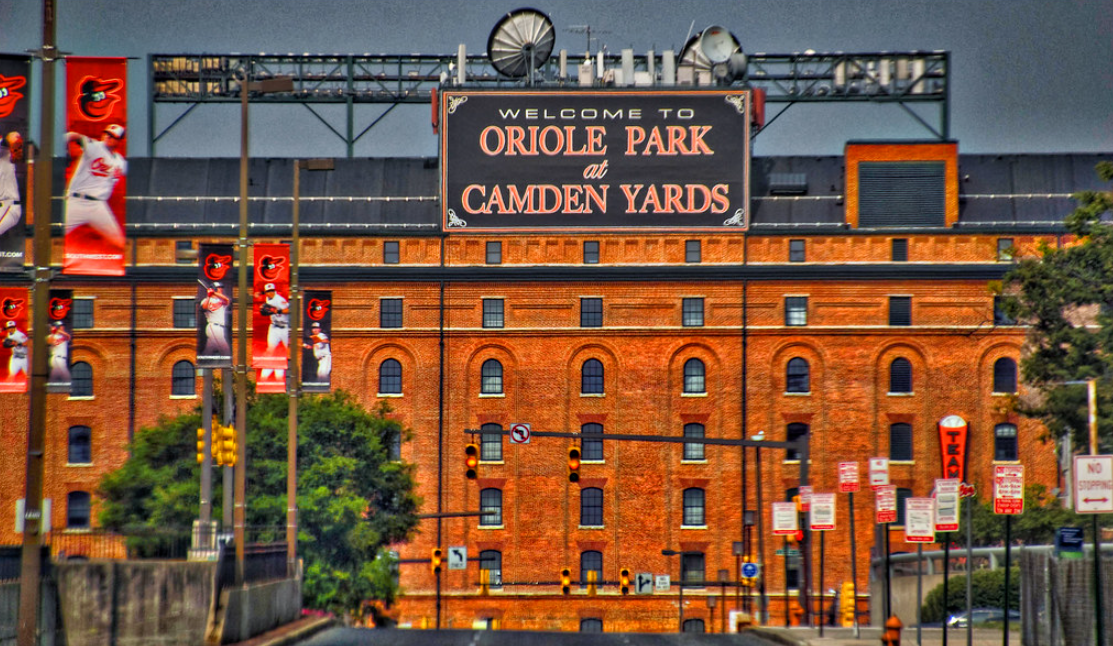
Before renovation, Orioles pitchers took the mound at Camden Yards with the enthusiasm of someone entering a dunk tank. Their 2021 home ERA reached 6.00 while surrendering 1,184 fly balls—many becoming souvenirs.
Dean Kremer embodies the wall’s transformative power. His home run rate plummeted from 2.9 per nine innings to just 0.8 after renovation. When asked about his improvement, Kremer modestly noted, “I’m still foolin’ them,” with a smile. “But, no, I got an opportunity and took advantage of it. And I’m just doing what I can to stay here.”
13. Southpaws Welcome
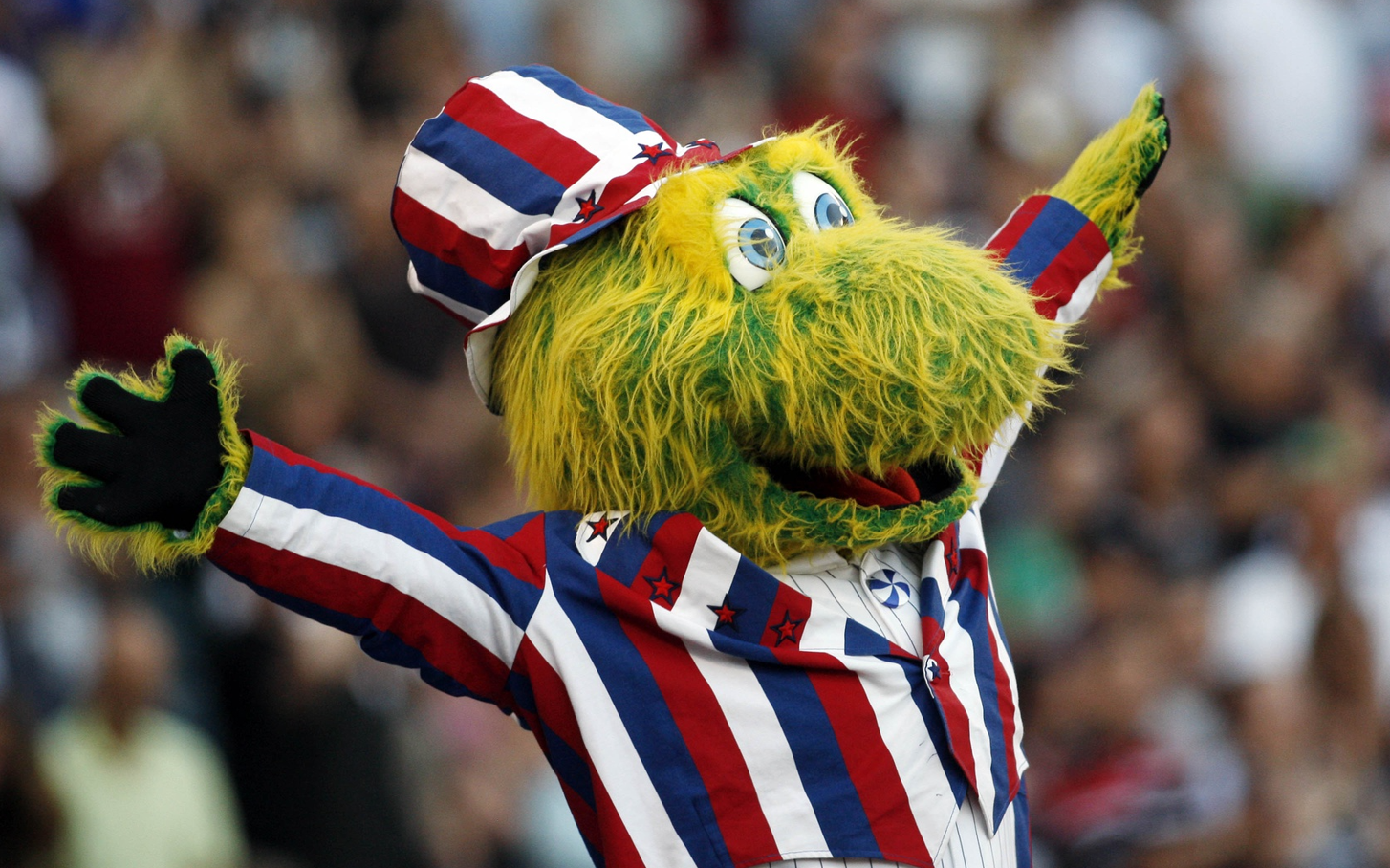
Baltimore strategically constructed a lineup featuring prominent left-handed or switch-hitting power like Mullins, Santander, and Rutschman. These hitters share a critical trait: high pull rates averaging over 40%, allowing them to target Camden’s still-reachable right field.
This parallels how the Yankees built their lineup to pummel balls over their short right field porch. The Orioles essentially created their own version, flipping the handedness requirement. Baseball’s asymmetry allows teams to create targeted advantages, and Baltimore executed this plan with remarkable precision.
12. Right-Handed Blues
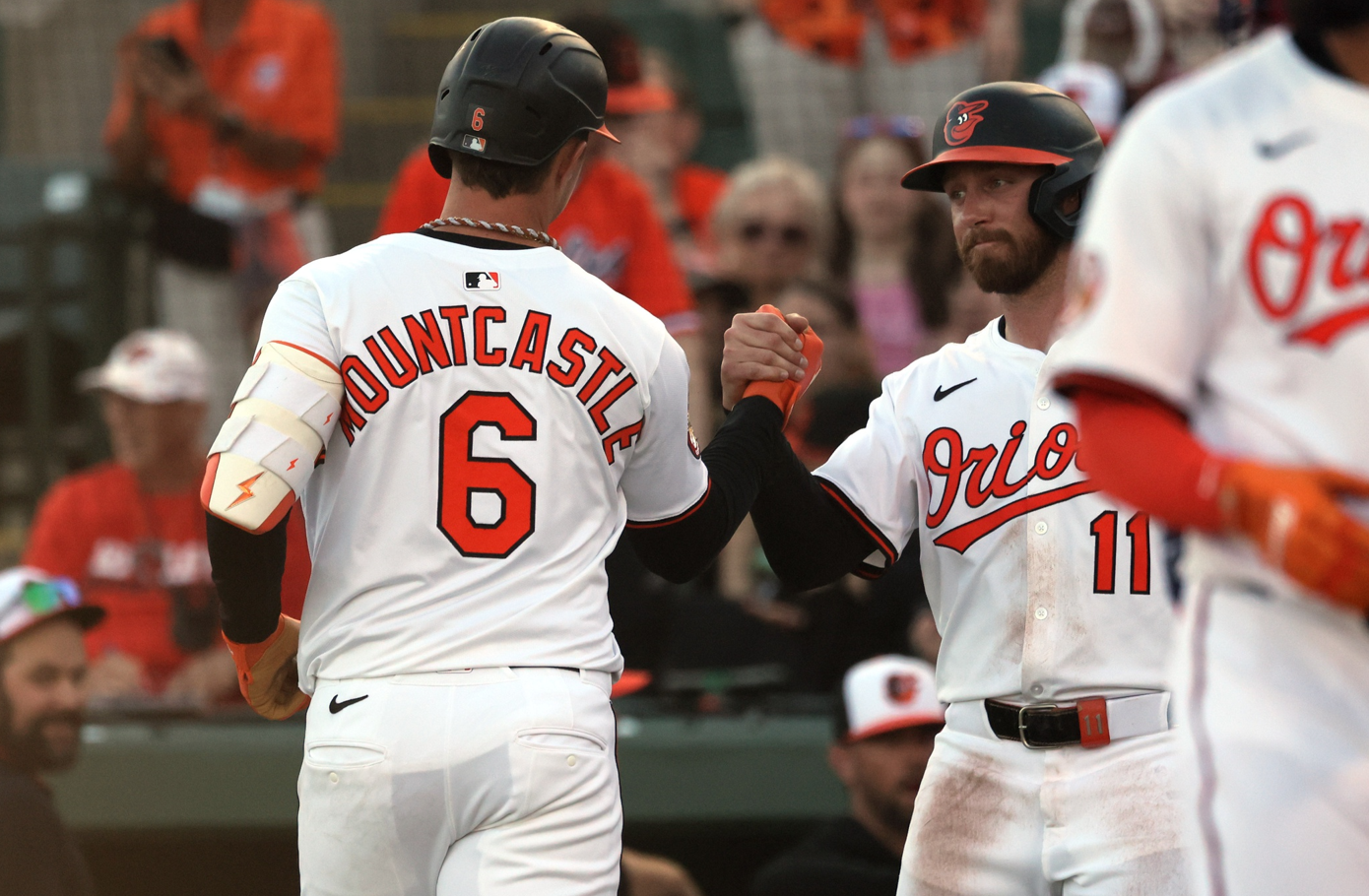
Ryan Mountcastle became the poster child for the wall’s negative effects, losing approximately 11% of his home run output after renovation. His below-average pull rate made adaptation particularly difficult.
Right-handed Orioles hitters faced a significant challenge: adapt their approach or watch their power numbers decline. The changes created advantages for some players while disadvantaging others, illustrating how park dimensions can impact careers and earning potential.
11. Home Field Advantage, Finally
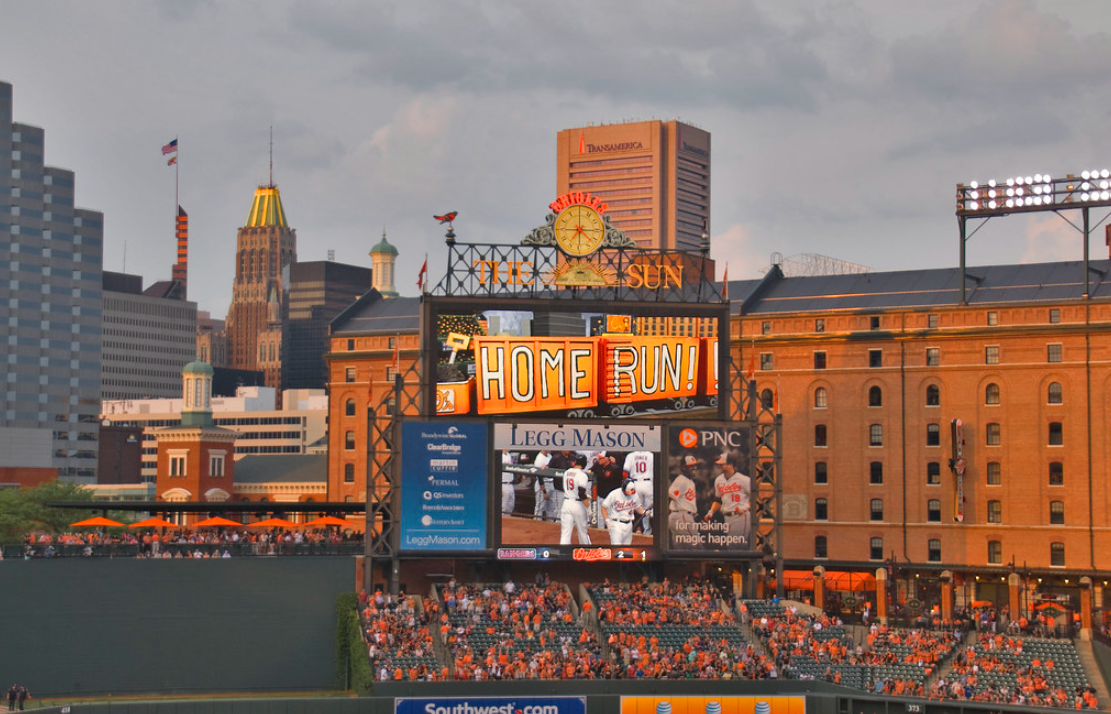
Pre-renovation, visiting teams crushed 155 homers at Camden Yards while the Orioles managed just 122. The park functioned like a welcome mat for AL East rivals, particularly right-handed heavy lineups of Boston, New York, and Toronto.
From 2022 onward, the Orioles hit 277 home runs at home while surrendering just 250 to visitors. By tailoring their roster to their park’s new dimensions while frustrating opponents, the Orioles transformed Camden Yards from visitor’s paradise to legitimate home-field advantage.
10. Beyond Box Scores
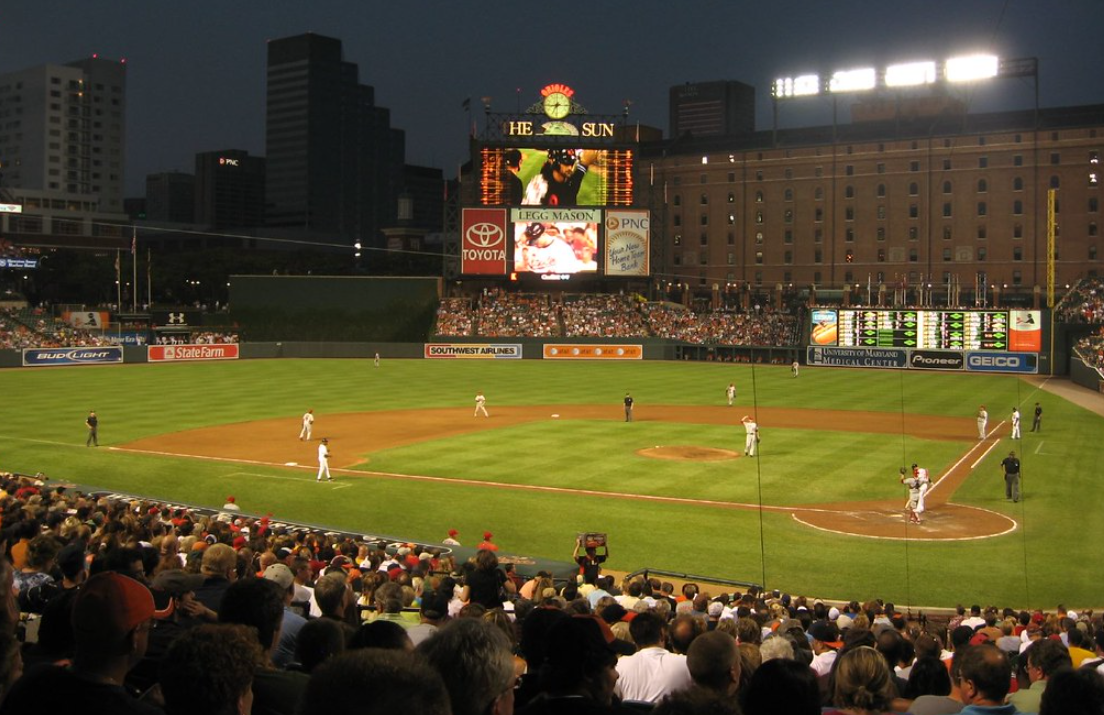
Before renovation, Orioles pitchers showed significant gaps between their ERA (high) and their FIP (moderate), indicating the park artificially inflated their run prevention struggles.
The renovation aimed to bring these numbers closer together, allowing for fairer talent evaluation. When a pitcher’s surface stats match their peripheral stats, teams make better decisions about player value. The wall didn’t just change outcomes; it made the organization smarter by providing cleaner data.
9. Division Disruption

The AL East powerhouses built their rosters around right-handed sluggers perfectly suited to punish Camden Yards. The wall renovation disrupted years of divisional strategy overnight. Aaron Judge, Vladimir Guerrero Jr., and Xander Bogaerts suddenly found their power displays significantly curtailed.
The renovation shifted divisional matchups toward pitching and defense rather than homer-heavy slugfests. The Orioles effectively changed the rules of engagement, forcing rivals to adapt to their architecture rather than continuing to be victimized by it.
8. Champagne Taste, Beer Budget

The Angelos family operated the Orioles with financial discipline bordering on austerity. Their 2021 payroll sat at just $42 million—MLB’s lowest. This constraint forced creativity in roster construction.
If you can’t afford premium pitchers, change your environment to make average pitchers perform better. If you can’t sign elite right-handed power, emphasize lefties who benefit from your park. The wall renovation exemplifies how smart organizations overcome financial limitations through innovation rather than imitation.
7. From Cellar to Stellar
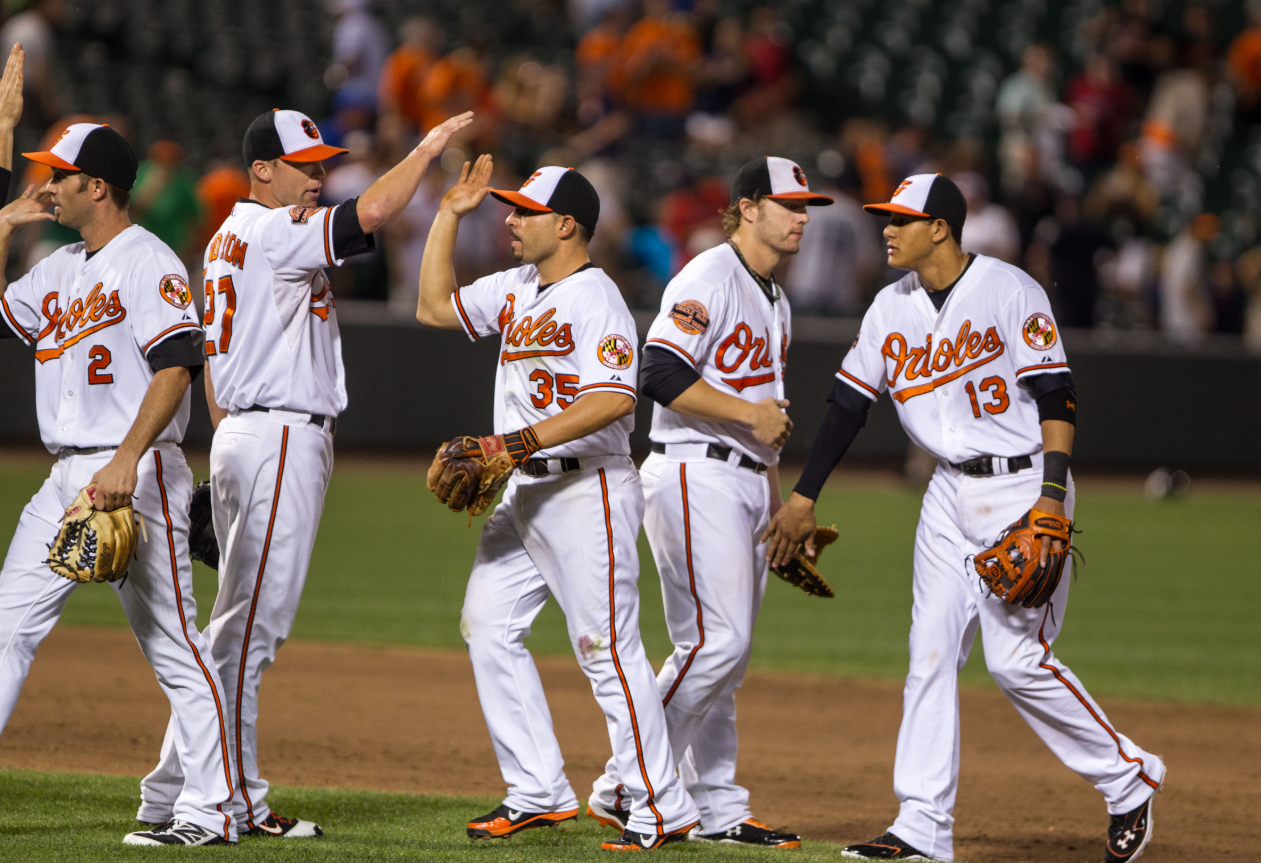
The Orioles jumped from 83 wins in 2022 to 101 victories in 2023, followed by 91 wins in 2024. This 22% increase correlates with their improved run prevention following the wall renovation.
The Orioles essentially found 15-20 extra wins hiding in their ballpark dimensions. Those wins transformed them from perpetual rebuilders to legitimate contenders, proving that sometimes the most impactful roster addition isn’t a player—it’s architectural innovation.
6. Kremer’s Career Renaissance
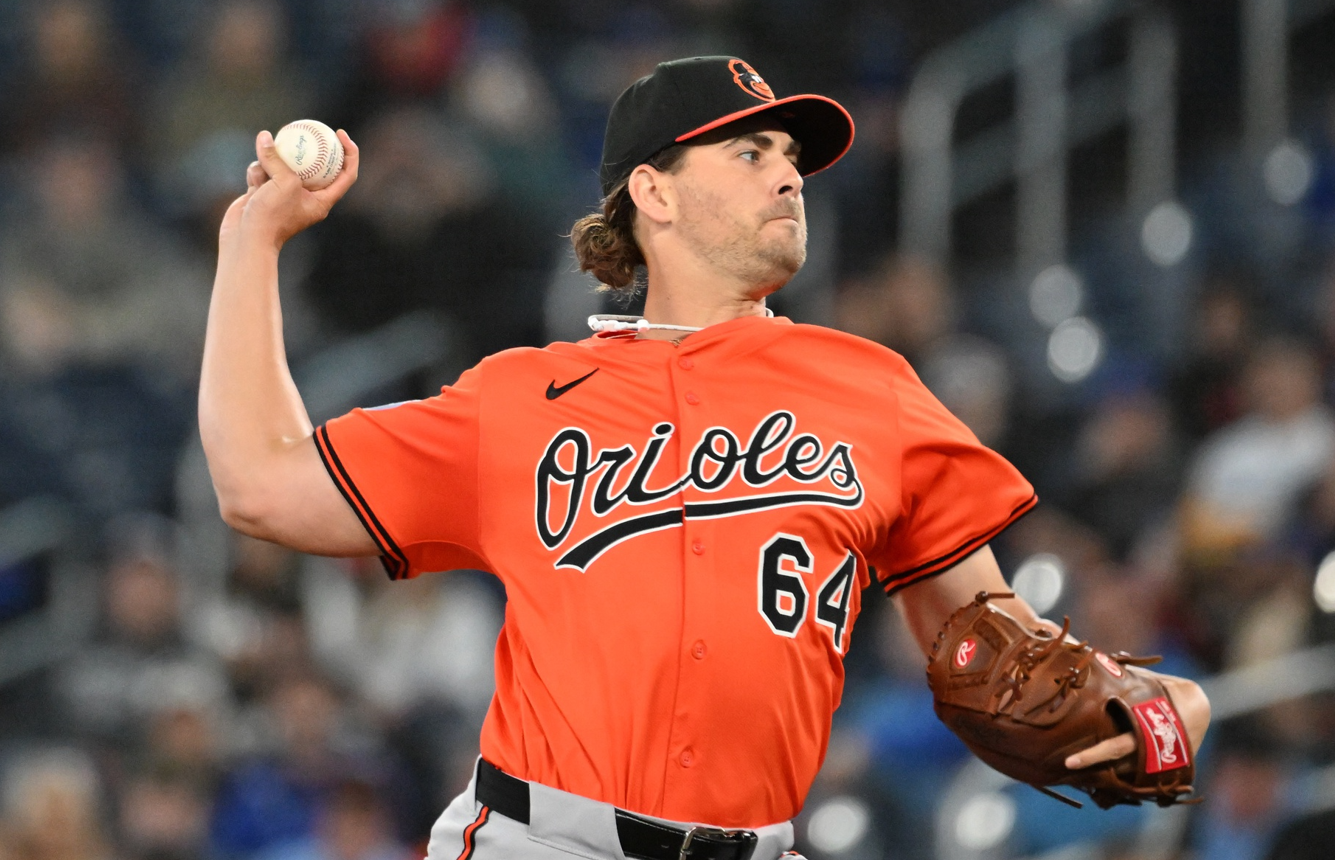
Dean Kremer serves as the human embodiment of the wall’s impact. After posting negative value in 2021, his performance skyrocketed post-renovation. His bWAR improved by 3.8 while his home run rate dropped from 2.9 per nine innings to just 0.8.
“I think a good quote is, ‘Being good is boring,'” Kremer reflected. “Do the same thing over and over again, and you keep doing it, you might get bored. But if you’re really good at it, it ends up working out for you.” His manager Brandon Hyde observed, “Dean is a competitor. He threw a lot of two-seams in this game…”
5. The Numbers Game

In 2021, Camden Yards surrendered 155 home runs. By 2022, that number plummeted to just 74. From 2022 onward, the Orioles hit 277 homers at home while opponents managed only 250—completely reversing the previous disadvantage.
These aren’t just statistics; they’re mathematical proof of concept. By dramatically reducing opponent power without completely sacrificing their own, the Orioles found the sweet spot of competitive advantage without making their park an offensive wasteland.
4. Left is Right
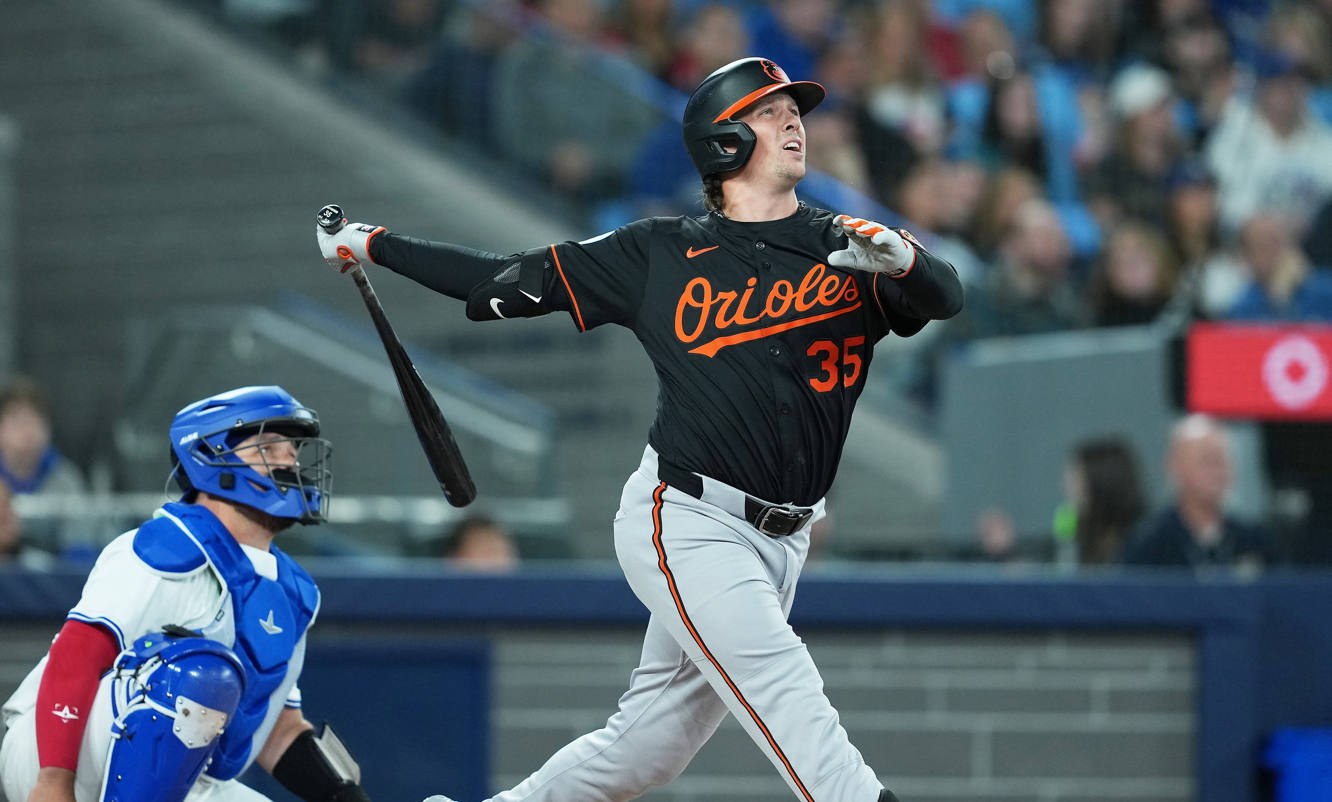
Left-handed and switch-hitting players like Henderson, Rutschman, and Santander found themselves perfectly positioned to thrive in the redesigned park. Their power naturally targeted right field, avoiding the left field penalty zone entirely.
The organization doubled down on this advantage, prioritizing left-handed bats in drafting and acquisitions. It’s baseball’s version of specialized adaptation—evolving your roster to exploit your specific environment. Stadium and roster became perfectly synchronized systems.
3. The Right Sacrifice
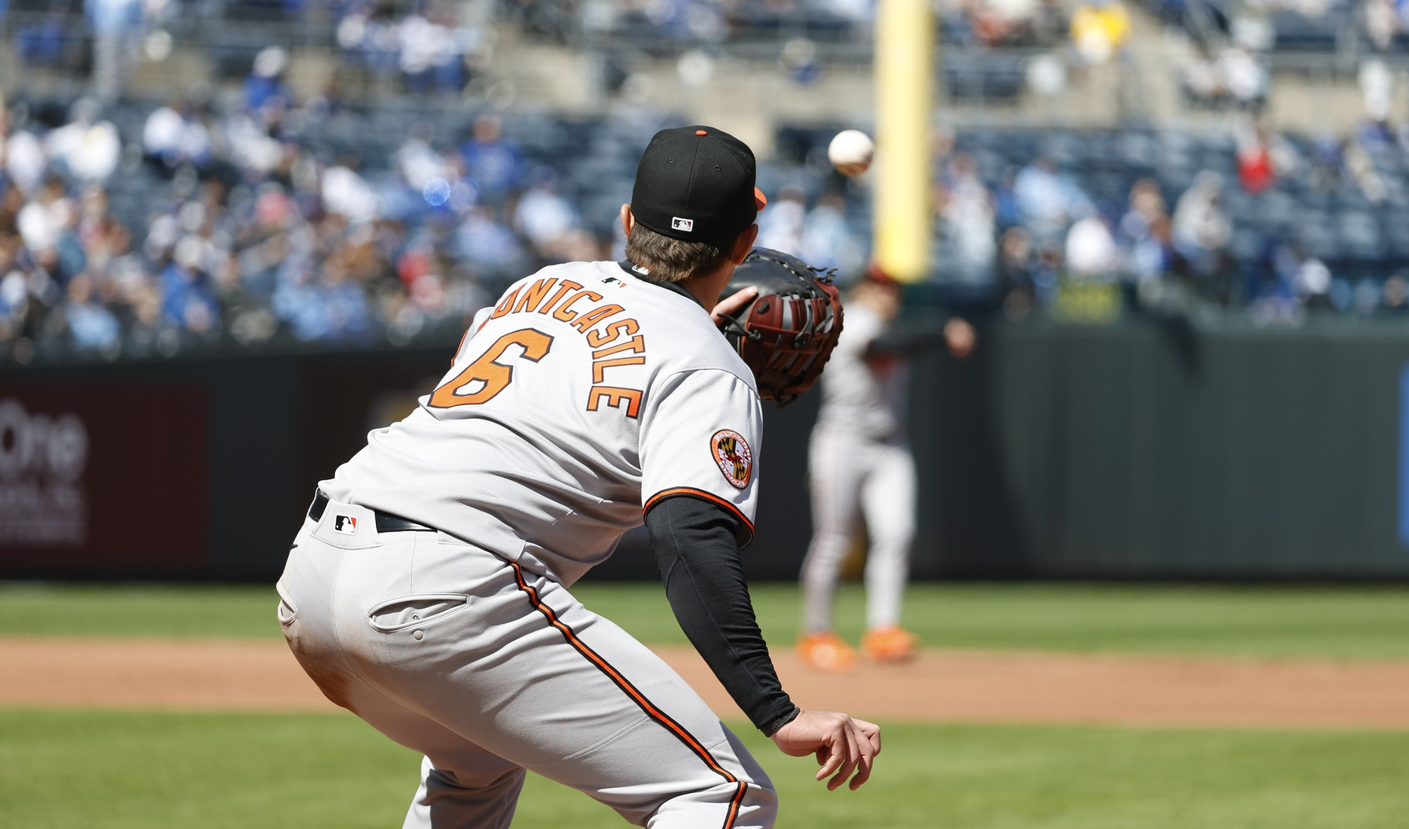
Ryan Mountcastle’s 11% homer reduction represents significant potential future earnings lost to architectural changes. This reality highlights baseball’s fundamental unfairness—some players benefit while others suffer from the same change.
How do you explain to players that their statistics—and thus their future earnings—were sacrificed for team success? It’s the human cost of innovation that box scores never capture.
2. The 2025 Adjustment
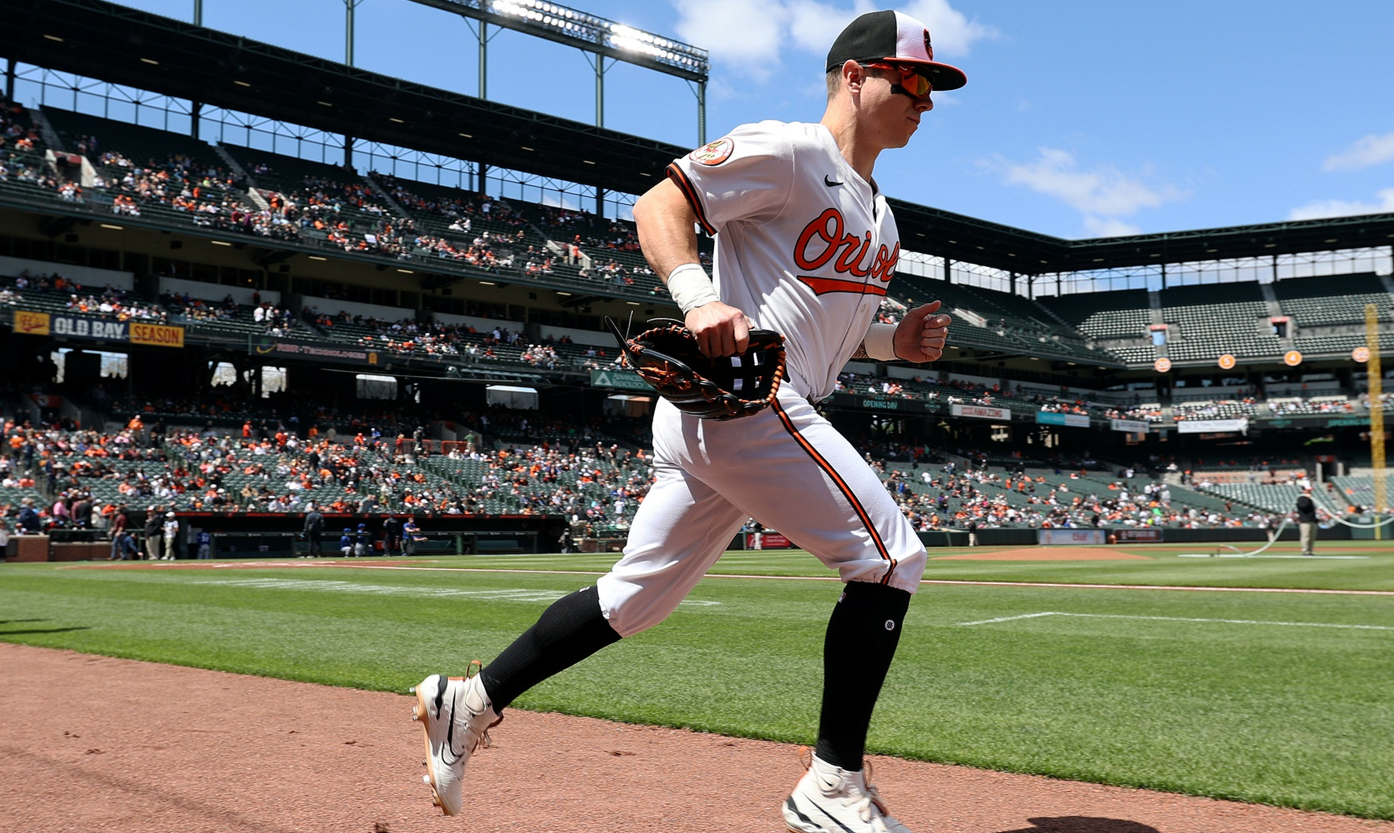
For 2025, the Orioles announced yet another wall modification—moving it inward by 9-20 feet in certain sections. This coincides with their three-year, $49.5 million signing of right-handed slugger Tyler O’Neill, whose pull-heavy approach could potentially benefit from the new dimensions.
The latest renovation represents Baltimore’s search for perfect balance: maintaining enough pitcher advantage while providing reasonable opportunities for right-handed power. The O’Neill signing signals a new phase—can they now attract right-handed power while maintaining their pitching advantage?
1. The Verdict From the Stands
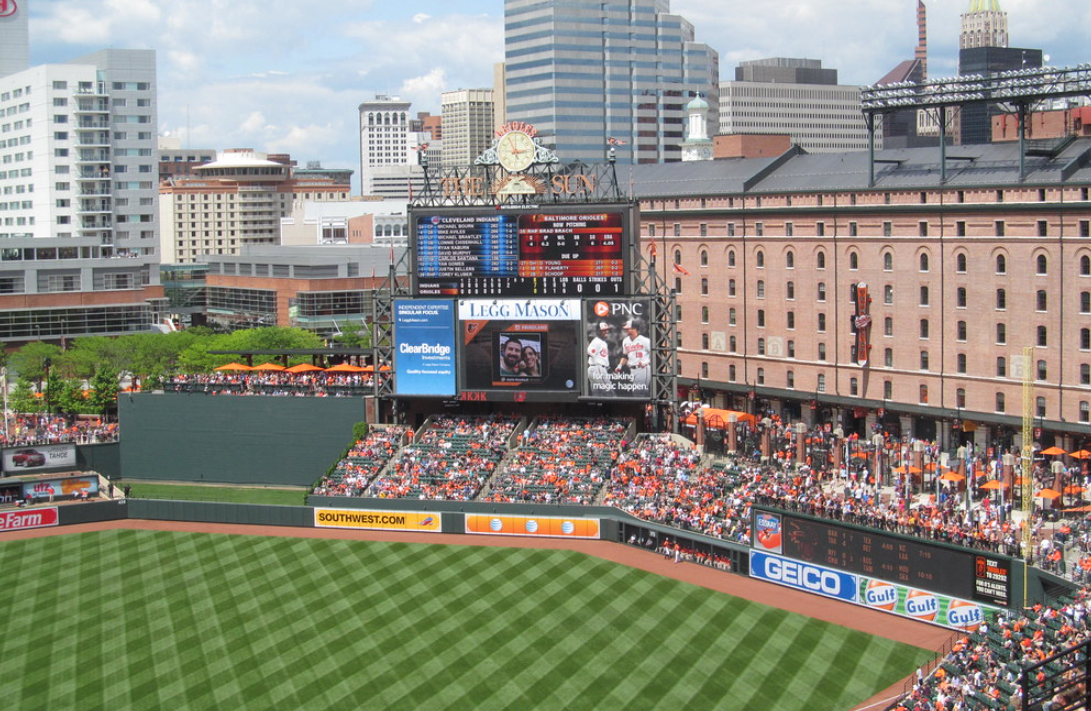
Based on reports and interviews, pitchers have generally praised the changes, noting increased confidence in home starts. Left-handed hitters seem to appreciate their advantage, while some right-handed batters have expressed concerns about their production decline.
Most observers agree that the game quality has improved. The pre-renovation home run derby atmosphere has been replaced by more balanced, strategic contests. As win totals climbed, even skeptics acknowledged the renovation’s success. The 2025 adjustment reflects this ongoing process—continuously refining competitive advantage.



